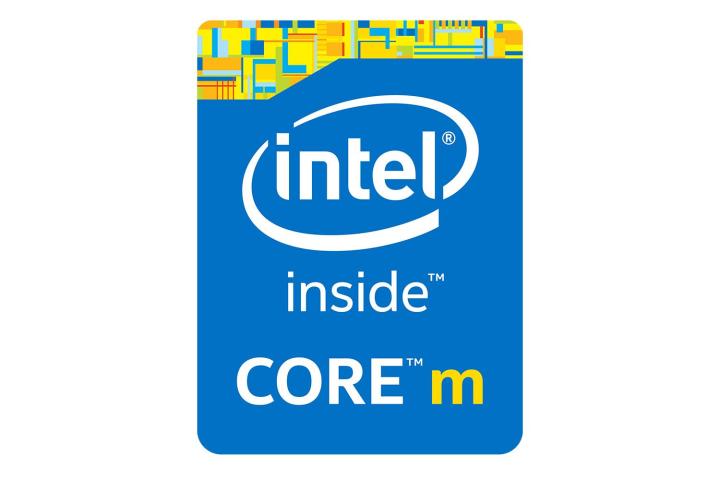
Skylake chips should thus see daylight by 2015’s end, cutting Broadwell’s run short and possibly forcing tower desktop manufacturers to skip the tick move altogether. Unsurprisingly, Intel CEO Brian Krzanich just confirmed the Skylake family will feature Core M members in addition to classic Core i3, i5 and i7 chips.
Currently, Broadwell-based Core Ms are widely perceived as not only lesser versions of their i3, i5 and i7 siblings, but slightly inferior to previous-generation Haswells too in terms of raw speed. Their upside is better energy efficiency and slimmer designs, allowing for super-thin tablets, laptops and convertibles.
Lower power consumption and lightweight construction are to remain the fundamental targets of Skylake Core M processors. But on top of that, they’ll also seek to boost graphics and general application performance compared to existing M chips.
Since the Skylake micro-architecture, like Broadwell, is produced using the 14nm process, you probably wouldn’t expect drastic device dimension reductions. Yet rumor is Intel thinks Skylake-M will make it possible for PC tablets to become thinner than the iPad Air 2’s 6.1mm. Which is no easy feat, given the thinnest reference Core M Broadwell designs are more than a millimeter chunkier.
As far as software compatibility goes, Santa Clara plans to support Windows, of course, as well as Chrome OS and Android. But for the most part, the chip maker expects Skylake Core M’s services to be needed inside Windows 10 systems.
Due “in the second half of the year” on store shelves, the new and improved processors may see a more thorough introduction exactly one year after their predecessors, at Computex Taipei in June.


